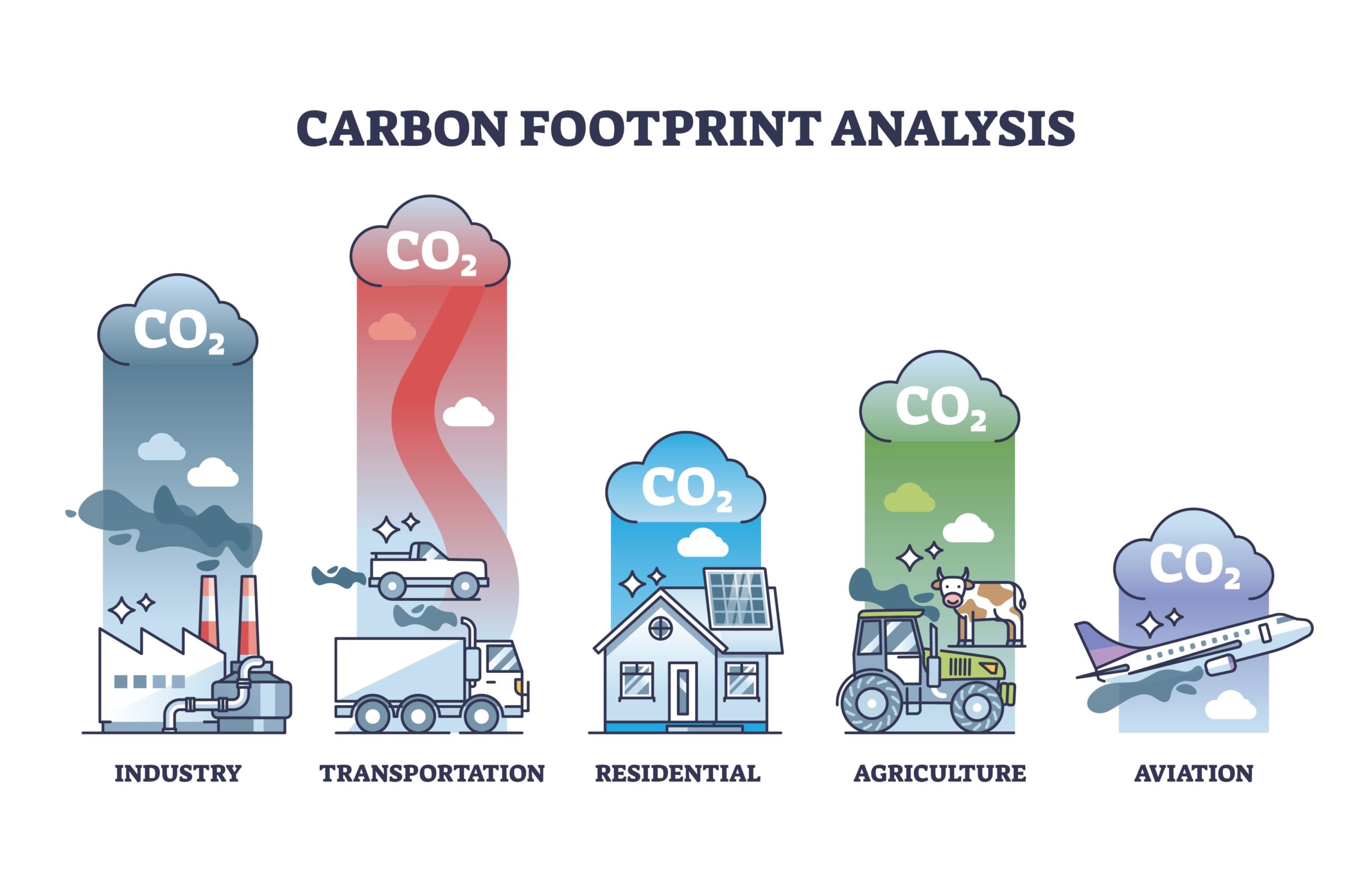Why You Need a Carbon Audit to Reduce Your Business’s Environmental Impact
Understanding Carbon Emissions

What are Greenhouse Gas Emissions?
Greenhouse gas emissions are the release of gases like carbon dioxide, methane, and nitrous oxide, which significantly contribute to climate change. These gases trap heat within the atmosphere, causing global warming and leading to serious environmental impacts.Understanding the sources and impacts of these emissions is crucial for developing effective strategies to reduce your business’s environmental and carbon footprinting.
The Importance of Carbon Audits
Reducing Your Carbon Footprint
Conducting a carbon audit helps businesses understand their carbon footprints and establish realistic reduction targets, thereby improving business efficiency. By identifying and quantifying emissions sources, a carbon audit provides a clear picture of where improvements can be made. Additionally, it offers insights into whether a business may have a surplus of carbon credits that could be sold to third parties, creating potential revenue streams.
This comprehensive approach is the first step in understanding the potential benefits for businesses to sell soil carbon credits and other offsets, supporting broader sustainability goals.
Preparing for a Carbon Audit
Gathering Data and Setting Goals
Establish boundaries by defining the organizational boundaries and identifying activities, products, or services to be included in the audit. Collect data on emissions sources within the defined boundaries, including energy use, transportation, waste disposal, and other activities.
For example, farm carbon audits utilize specific tools like Agrecalc to measure carbon emissions and sequestration in farming businesses. Set goals for reducing carbon emissions and improving sustainability, ensuring these targets are ambitious yet achievable. Gathering accurate data and setting clear goals are critical steps in preparing farms for a successful carbon audit.
Conducting a Carbon Audit

Measuring and Quantifying Emissions
Calculate emissions using emission factors and convert energy use or other activity data into equivalent greenhouse gas emissions. Include carbon sequestration as part of the measurement process to achieve net zero targets. Analyze results to identify areas for emissions reduction and opportunities for improving sustainability.
Use tools, such as Agrecalc, to measure and quantify emissions accurately. This data-driven approach helps pinpoint specific actions that can significantly reduce your carbon footprint and enhance overall environmental performance.
Implementing Emissions Reduction Strategies

Putting Your Carbon Audit into Action
Develop a mitigation plan with short-term, medium-term, and long-term goals. Implement low-carbon practices, such as energy efficiency improvements, waste reduction initiatives, and switching to renewable energy sources. Switching to a renewable energy tariff is a specific strategy that can significantly lower emissions.
Prioritize actions based on sector emissions hotspots and carbon audit report findings to ensure that efforts are focused on the most impactful areas. Regularly review and adjust the mitigation plan to reflect progress and new opportunities for further reductions.
Overcoming Challenges and Barriers
Addressing Common Issues
Addressing common issues, such as data collection challenges and interpreting energy bills, can help overcome barriers to reducing carbon emissions. Improving business efficiency through better resource management and operational practices can also help reduce emissions and enhance sustainability. Engaging employees and stakeholders in the carbon reduction process can foster a culture of sustainability and ensure long-term commitment to environmental goals.
The Role of Carbon Audits in Sustainability
Supporting Long-Term Sustainability
Carbon audits play a crucial role in supporting long-term sustainability by helping businesses reduce their carbon footprint and improve their environmental impact. Regularly conducting carbon audits can help businesses stay on track with their sustainability goals and continuously improve their environmental performance.
By identifying areas for improvement and implementing targeted strategies, businesses can make meaningful progress toward reducing their impact on climate change and contributing to a more sustainable future.
Conclusion
The Importance of Carbon Audits in Reducing Carbon Emissions
Carbon audits are an essential starting point for reducing carbon emissions and improving sustainability. By conducting a full carbon audit process, businesses can identify areas for improvement, set goals, and implement strategies to reduce their carbon footprint and support long-term sustainability.
Embracing carbon audits as a regular practice ensures that businesses remain committed to their environmental responsibilities and continue to make strides toward a greener, more sustainable future.
